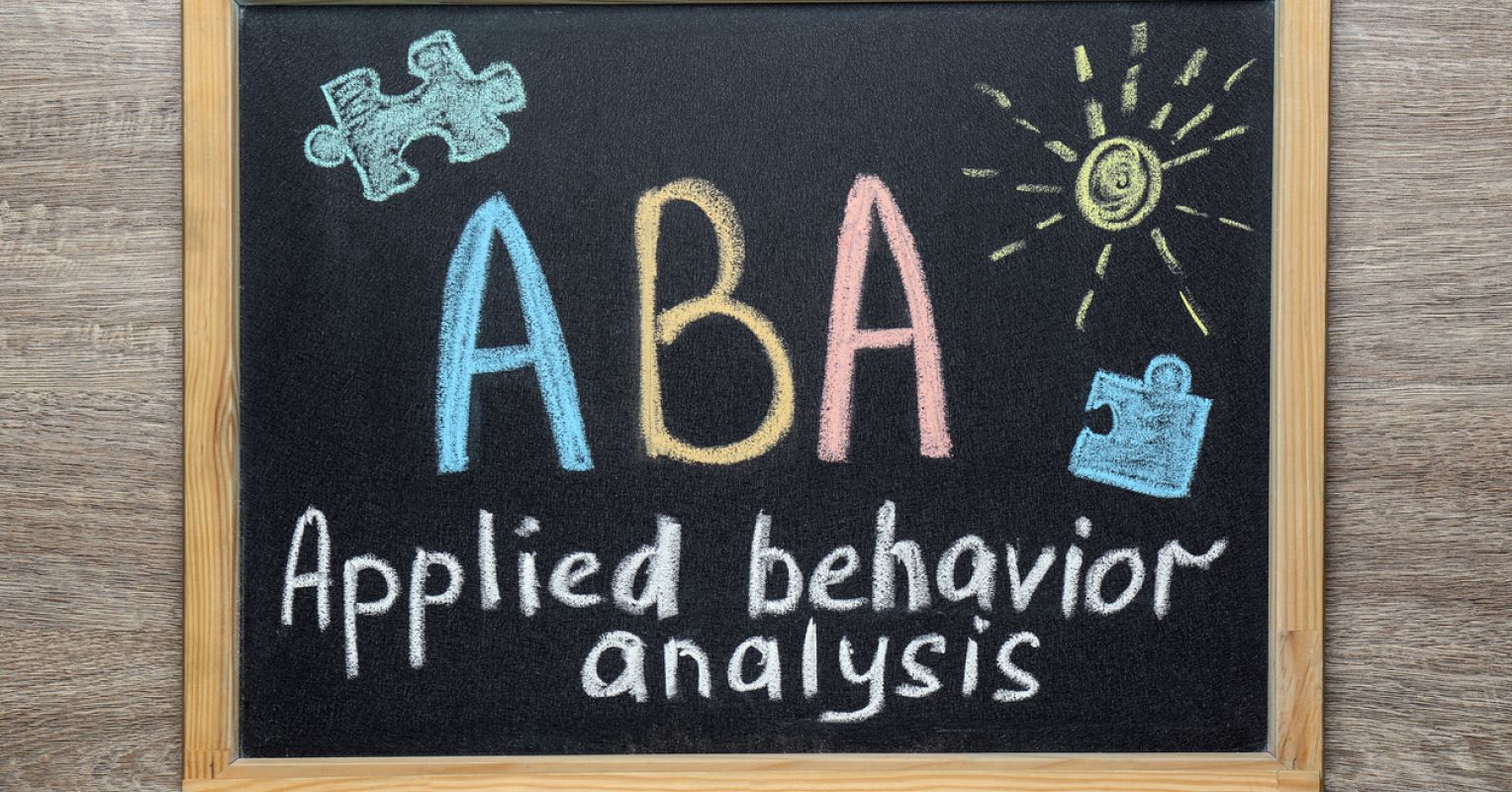
Applied Behavior Analysis (ABA) is synonymous with supporting individuals on the autism spectrum, even though the theory on which it is grounded is purely scientific and applicable to any population, regardless of the nature of their special needs.
Behavior-based interventions grounded in ABA have the highest scientific support for effectiveness in supporting individuals on the autism spectrum in many areas of functioning, such as learning new skills and social communication (Anderson & Carr 2021). They are also subject to many controversies, with some researchers even linking them to the risk of developing post-traumatic stress disorder (PTSD) (Kuferstein, 2018).
ABA practices are grounded on Skinner’s theory of operant conditioning, which explores the impact of the environment on shaping an individual’s behavior (Labrador, 2004).
According to Skinner, many behaviors reflect how individuals learn to adapt to a specific environment and communicate their inner experiences. Behavior modification is about changing the contingencies within the environment (such as the antecedents and consequences) that affect behavior and shaping them to support the learning of skills that are important for the individual (Labrador, 2004).
For example, if a student runs away from class to avoid a challenging writing assignment, changing the antecedent may impact the student’s behavior. Changing the antecedent may include modifying the writing task to meet the student’s interests and abilities or including visuals to support the student’s comprehension of the text.
In the late 1940s, people started applying behavior modification techniques to various mental disorders. While in the 1960s, Ivar Lovaas (1927-2010) popularized the use of ABA to support children on the autism spectrum (Anderson & Carr, 2021).
Lovaas aimed to present ABA as an intervention that helps children on the autism spectrum to learn in the community and at home. He popularized the coding of behaviors and the exploration of antecedents and consequences in investigating how behavior is reinforced (Smith & Eikeseth, 2011).
Lovaas’ work was surrounded by many controversies, especially around the use of adverse consequences (ranging from ignoring behaviors to the application of electric shock) and targeting behaviors that deviate from mainstream norms to “normalize” children on the autism spectrum (Smith & Eikeseth, 2011). On the other hand, Lovaas’ supporters emphasize his prioritizing of positive reinforcers and devotion to using behavior therapy to teach language and communication to children on the autism spectrum (Smith & Eikeseth, 2011).
My family experienced the benefits of ABA and a few of its commonly reported controversies. My son was the recipient of ABA around the time he was four years old. Our ABA journey was a very positive experience overall. We learned valuable strategies that greatly supported our son’s communication and ability to stay on task. On the other hand, my biggest concern at the time was the labeling of my attempts to provide my son with emotional comfort behaviors as reinforcing negative behavior.
At the time, I longed for greater openness to combining the various ABA interventions with alternative approaches. Approaches like valuing emotional attunement and providing timely and appropriate emotional responses that I knew had a soothing and positive impact on my son’s coping and behavior.
I felt a greater need for openness to working within our family’s values and style of parenting and embracing interventions that were effective and valued by our family. However, at the time, our ABA provider was unwilling to be flexible in their program.
Another concern shared with many ABA participants was the way “ignoring” behaviors were repeatedly expressed and polarized, appearing far from naturalistic. Some well-meaning staff’s treatment felt like “puppy training” (a term interestingly used by other ABA recipients in describing similar experiences) (McGll & Robinson, 2021).
Research is becoming increasingly inclusive of autistic persons’ viewpoints and insights into their experience with support interventions, including ABA. One such researcher, Kupferstein (2018), found increased PTSD symptomatology in individuals on the autism spectrum exposed to ABA.
While follow-up responses to Kupferstein’s claims have suggested methodological and conceptual concerns, they acknowledged the importance of openness to investigating the possibility of side effects from treatment interventions for autistic individuals and the value of openness to the lessons contained in participants’ anecdotal accounts (Leaf et al., 2018).
Most of the controversies experienced by ABA participants are unrelated to the pure science that underlies behavior therapy and instead seems to relate to particular delivery methods of specific interventions (Leaf et al., 2018).
The science that underlies ABA interventions aims to explore the impact of the environment on the shaping of behavior, ultimately exploring optimal environmental influences for supporting learning.
There are many techniques grounded in ABA that most of us use in our daily lives, whether it be prompting, positive reinforcement, or visual supports. We naturally make use of these to support and motivate our loved ones in approaching their goals.
Strategies based on ABA theory, such as antecedent-based interventions, help to go beyond placing blame and using punishment instead of investigating factors within the child’s environment that can be of support in helping them learn new skills.
With the expansion of awareness of autistic perspectives and the influence of neurodiversity, there is increasingly more emphasis on person-centered goals and taking on board the input of individuals’ families within support interventions.
Establishing person-centered therapy goals, carrying out interventions in a naturalistic manner, and emphasizing positive reinforcement and environmental adjustment is the onus of every practitioner. Keeping these values in mind helps to minimize any potential adverse experiences individuals may experience concerning support interventions, maximizing the use of ABA-based science to support individuals on the autism spectrum in learning skills to advance their potential.
To find a therapist near you, visit the Psychology Today Therapy Directory.
"behavior" - Google News
September 30, 2022 at 11:54PM
https://ift.tt/rRm9abu
Does Applied Behavior Analysis (ABA) Cause Trauma? - Psychology Today
"behavior" - Google News
https://ift.tt/ZWmqlKI
Bagikan Berita Ini














0 Response to "Does Applied Behavior Analysis (ABA) Cause Trauma? - Psychology Today"
Post a Comment